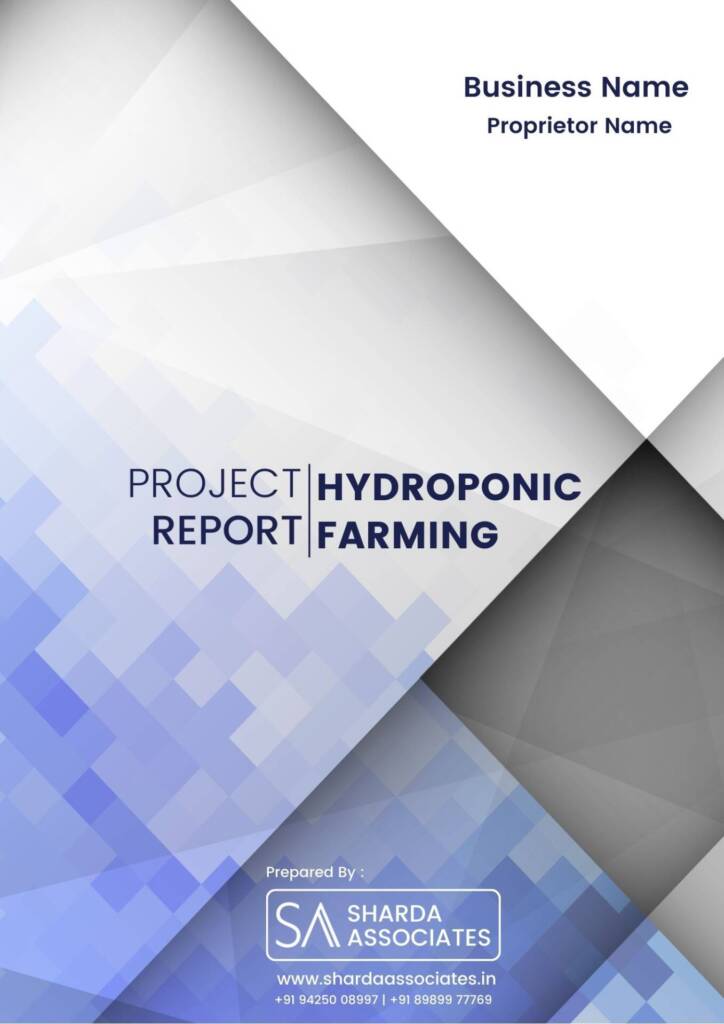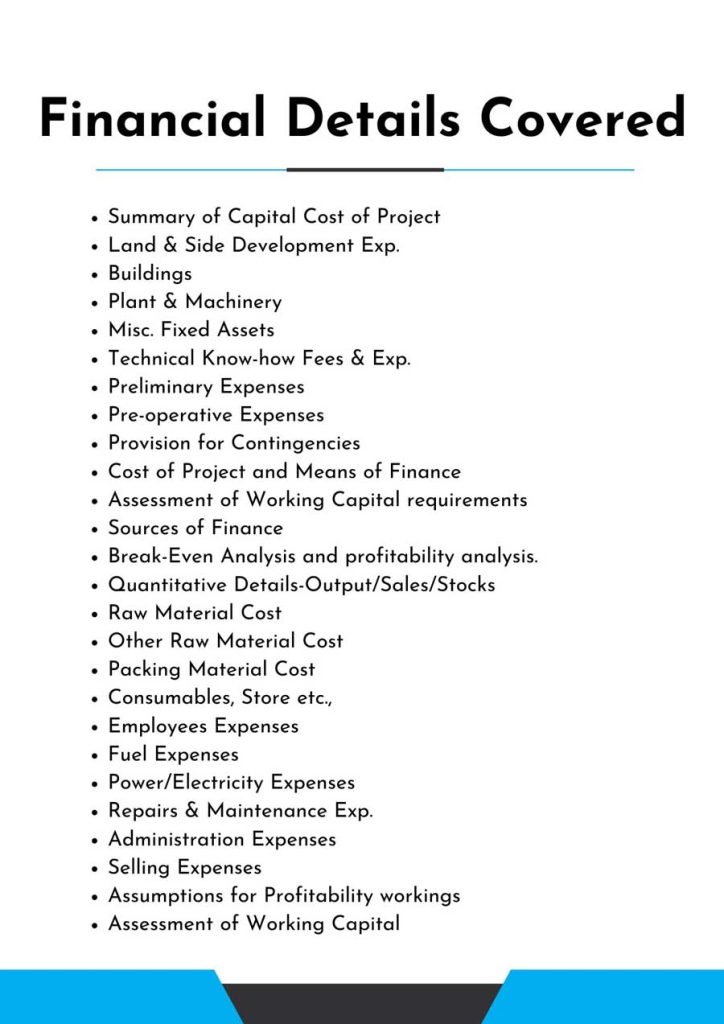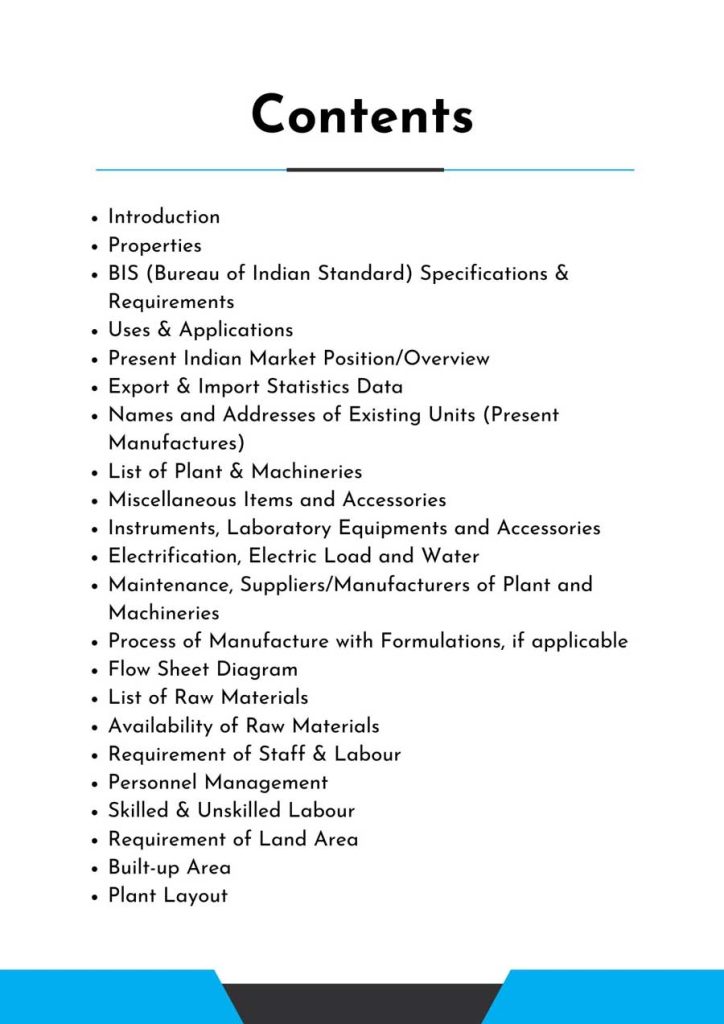Feasibility Report On Hydroponic Farming
Hydroponics, a subclass of hydroculture, is the practice of growing plants, often agricultural or medicinal plants, without soil by employing water-based mineral fertilizer solutions in aqueous solvents.

What is Hydroponic Farming?
Feasibility report on Hydroponic Farming.
Hydroponics, a subclass of hydroculture, is the practice of growing plants, often agricultural or medicinal plants, without soil by employing water-based mineral fertilizer solutions in aqueous solvents. Plants grown on land or in water can have their roots exposed to nutrient-rich liquids, or their roots can be physically supported by an inert material such as perlite, gravel, or other substrates.
The basic idea behind a hydroponic farm is that water replaces soil. After that, solutions are added to the water to provide easily accessible nutrients for a healthy yield. Depending on the plants being grown, the nutrients added to the water may include phosphorus, nitrogen, calcium, potassium, and many others. Hydroponics benefits farmers by allowing them to grow more efficiently and effectively. They can control pH and nutrients to ensure that plants get the nutrients they require. The systems are closed and recycle the water that the plants do not use.
Farmers can control temperatures and lighting schedules to improve plant production by growing indoors. Vertical space can be utilized in systems to increase planting density. Hydroponics also enables us to establish farms in areas where soil conditions are insufficient to support farming or where space is limited, making a farm impossible to establish.
Benefits Of Hydroponic Farming
Reduces Space: Plants grown in soil need to spread their roots in order to find water and all the nutrients they need to survive. This means they must be planted a certain distance apart from each other. In hydroponic systems, roots don’t need to spread because water and nutrients are delivered right to them. As a result, hydroponic systems can grow more plants in the same amount of space as soil-based systems.
Conserving water: Field farming consumes a lot of water because so much of it is wasted. Much of the water evaporates, rolls away, and pools, rendering it unusable. That’s a lot of squandering! Water is given in a controlled manner in hydroponic systems, which means that they utilise around 10 times less of it. Additionally, some systems recycle water, which further lowers use!
Fewer Chemicals: While hydroponic systems don’t completely eliminate pest problems, they do reduce the likelihood of this happening, which reduces the demand for pesticides and herbicides. Weed invasion in your garden is prevented by hydroponic systems’ strict supervision. Herbicides are therefore unnecessary. Additionally, since hydroponic systems are frequently indoors, pests can’t easily infiltrate them, negating the need for insecticides.
Increased Growth: Plants produced in hydroponic systems grow at a rate that is 30% to 50% quicker than plants cultivated on soil. Crops develop quicker in hydroponic systems because they receive an optimal amount of nutrients and, when cultivated indoors, are subjected to less environmental stress (like weather and pests). Some animals move more quickly than others. In hydroponic systems, for example, leafy greens like lettuce and thirsty fruits
Control of Nutrition: The farmer has more control over which nutrients their crops absorb thanks to hydroponic systems, which feed plants a nutrient solution diluted with water. Fertilizers could be necessary for a soil-grown cultivar to survive. However, under hydroponics, the plants are already getting all the assistance they require in the appropriate quantities. If you do your homework and take the appropriate measurements, the crops will have all they require to subsist simply
Feasibility Report Sample On Hydroponic Farming



Market Strategy Of Hydroponic Farming
In 2020, the global hydroponics market was estimated to be worth USD 2.1 billion. From 2021 to 2028, it is expected to grow at a compound annual growth rate (CAGR) of 20.7%. This rapid growth is attributed to the growing use of hydroponic systems for indoor vegetable farming.
In addition, due to the legalization of marijuana in countries such as Canada, the Czech Republic, South Africa, and others, the adoption of alternative farming methods for cannabis cultivation is rapidly increasing. Increased consumer awareness about the health effects of pesticides and artificial ripening agents is expected to drive demand for hydroponics, as the method eliminates the need for such products, resulting in nutritionally superior vegetables. The low installation cost and ease of use of these systems are also expected to drive adoption in the near future.
Hydroponic farming is a method of growing plants without soil in which the soil is replaced by a mineral solution inserted around the plant roots. The plant roots are submerged in the chemical solution and checked on a regular basis to ensure that the appropriate chemical composition is maintained for growth. As a result, the hydroponics method eliminates the risk of disease caused by soil organisms. Furthermore, because of proper nutrient control, hydroponically grown plants produce a higher yield than similar plants grown in soil.



